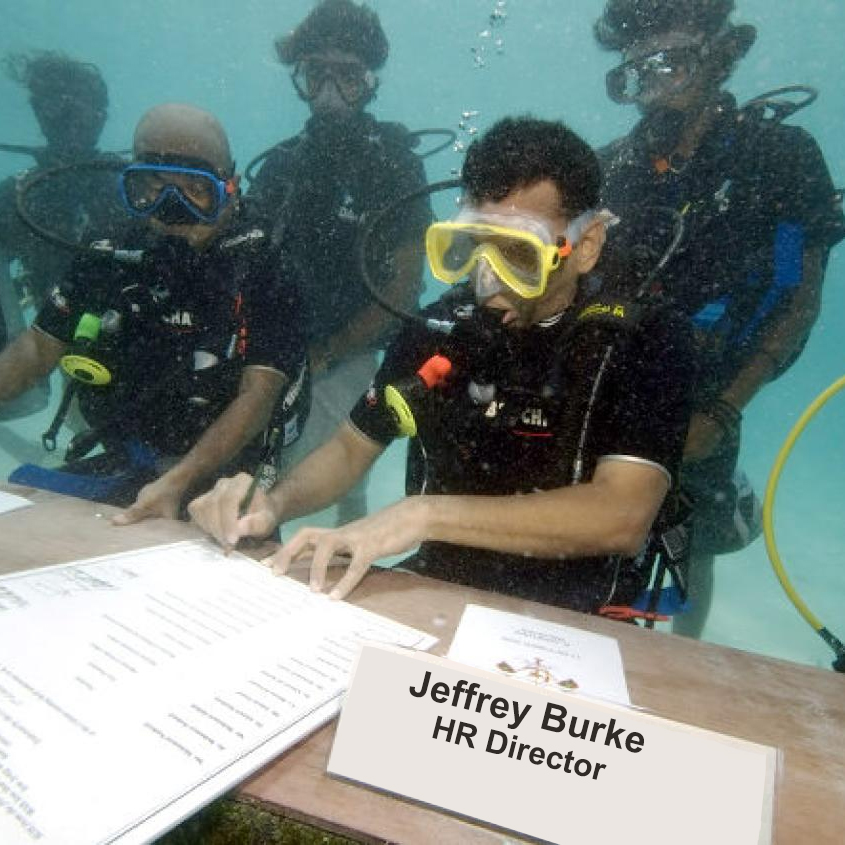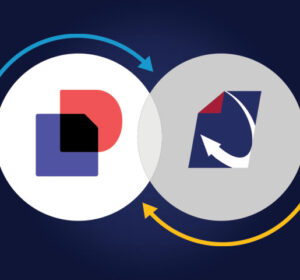In the wake of hurricanes Harvey and Irma, Human Resource departments review Disaster Recovery Plans and consider electronic employee files.

In the wake of Hurricanes Harvey and Irma, companies are taking a closer look at their file management processes. The Human Resources office is one spot where a natural disaster can cause serious damage. It’s critical for HR to have a strong disaster recovery plan in place as it seems that these days, we should expect the unexpected.
The Challenge of Paper Files
Paper files can be a real headache to manage. They are easily misfiled, misplaced, crumpled or lost – it is just so easy for filing cabinets to become disorganized. For these reasons, many companies are moving to electronic employee files.
Going paperless with your employee files also provides another huge benefit: Built-In Disaster Recover.
Electronic Files Ease The Pain
Electronic employee files provide a HR with a step up from traditional paper filing cabinets. With electronic files, employee documentation from various folders can be consolidated into one comprehensive system. This eliminates the problem of Record Silos while improving compliance. Simply use Access Rules to control what types of documents different users can see in the system.
With all of your employee files consolidated in one system, managing documents becomes extremely easy. Instantly retrieve documents from anywhere, keep track of expiring and renewable documents in employee folders, give auditors remote access to the files they request, and much more.
Best of all, with electronic employee files, disaster recovery is a breeze. Many times, a disaster recovery plan for your employee files is automatically built-in to your electronic filing system.
Most Resilient HR Filing Systems
When disaster protection and recovery is important to your team, you’ll want to consider a cloud filing system. When your employee files are stored in the cloud, they are no longer physically stored at your office location. This way, no matter what happens at your office, your files are always safe in the cloud.
There are different levels of cloud security and disaster recovery. The most resilient systems to look for will include features like these:
Automatic Backups
You’ll want to make sure that your cloud filing system is automatically backing up your data and documents in case the cloud were to ever go down.
Continuous Data Protection (CDP)
Automatic Backups can happen at various times. Look for a system that practices Continuous Data Protection (CDP) methodology. This means that whenever documents or data are added to the system, a backup of that is automatically created and saved in real-time.
Redundant Backups
Cloud systems can be backed up at various stages. Look for a cloud system that backs up every level of their infrastructure – from the database to the data center.
Fail Over Time
Just in case the cloud goes down, you’ll want to be sure that you can still access all of your files when you need them. Look for systems with quick fail-over time so that you can access your backups as quickly as possible.
Moving To The Cloud In 30 Days
If you need a safer way to store employee files, give us a call today at DynaFile. Our cloud filing system gives HR the assurance they need that employee files are safe. DynaFile’s disaster recovery plan is HIPAA, HITECH and Privacy Shield certified so your files are always stored securely, yet easily accessible when needed.
Best of all, DynaFile has built-in scanning automation tools so you can take a shortcut to electronic employee files. Interested in making the switch? Contact us for a free demo.


